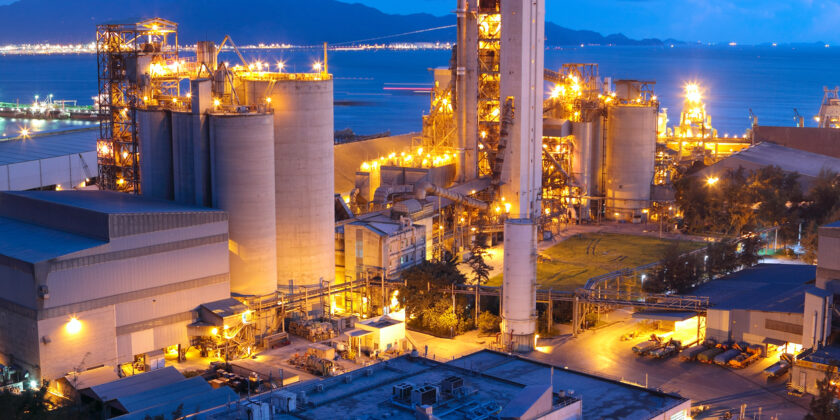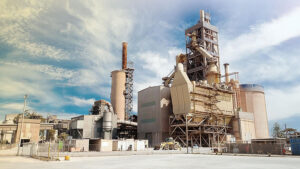Introduction
Cement plants are the backbone of modern infrastructure, play the vital role in the construction industry and contributing significantly to economic development. These industrial facilities are intricate structures of engineering, responsible for production of cement.
Construction of Cement Plants
The construction of cement plants involves a detailed process that integrates engineering, materials science and environmental consideration. The primary component of the cement plant includes kilns, crushers, mills and various supplementary equipments. The important operation is rotary kiln, where raw materials such as limestone and clay, undergo a complex series of chemical reactions at high temperatures. Resulting in the production of clinker.
Working of Cement Plants
The operation of cement plants is proceeding through a series of well-coordinated steps. The raw materials are extracted and transported through the plant, where they undergo crushing and grinding. The finely ground mixture is then preheated and fed into the kiln. Inside the kiln, the raw material undergo calcinations and sintering, transforming into clinker. The clinker is subsequently ground into a fine powder, known as cement, which is then stored in silos before being dispatched for various construction application.
Benefits of Cement Plants
Industrial Benefits
- Economic Growth: Cement plants contribute significantly to the economic growth of region where they are situated. They generate employment opportunities; encourage local development and creating the skilled workforce.
- Infrastructural Development: The cement produced by these plants is the keystone of infrastructure projects such as roads, bridges and buildings. The availability of high quality cement supports the construction sector’s growth.
- Innovation & Research: Cement plants drive the technological advancements through continuous research and development. Improvement in efficiency and product quality are paramount for the sustained success of these facilities.
Environmental Benefits
- Resource Utilization: Cement plant often incorporate alternative raw materials and fuel, such as fly ash and biomass, reducing the dependence on traditional resources. This approach promotes sustainable practices and minimizes environmental impact.
- Waste Management: Cement production involves the utilization of industrial by-products, aiding in the reduction of waste. Incorporating these by-product into the manufacturing processnot only mitigates environmental concerns but also conserve natural resources.
- Emission Control: Cement plants implement advanced technologies to control emissions of pollutants, such as particulate matter and nitrogen oxide. Dust collection systems, collective catalytic reduction and other measures ensures compliances with stringent environmental regulations.
Conclusion
Cement plants are the demonstration of human initiative to provide building blocks for progress while considering the impact on the environment. Through innovation, efficiency and sustainable practices, these facilities continue to be indispensible contributors to the construction industry for greener and more sustainable future.



